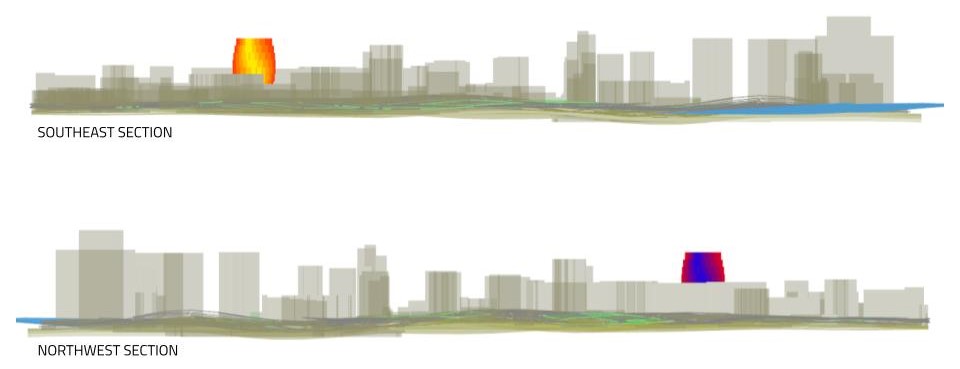PHYLLOTAXIS
The arrangement of leaves or floral parts around a stem or axis is called phyllotaxis. The term comes from the Greek phullon – ‘leaf’ and taxis – ‘arrangement’. The model was first proposed by Wilhelm Hofmeister in 1868.
IMPORTANCE: The objective of the phyllotaxis is to avoid overcrowding. So that all leaves get maximum light for photosynthesis.
ABSTRACT
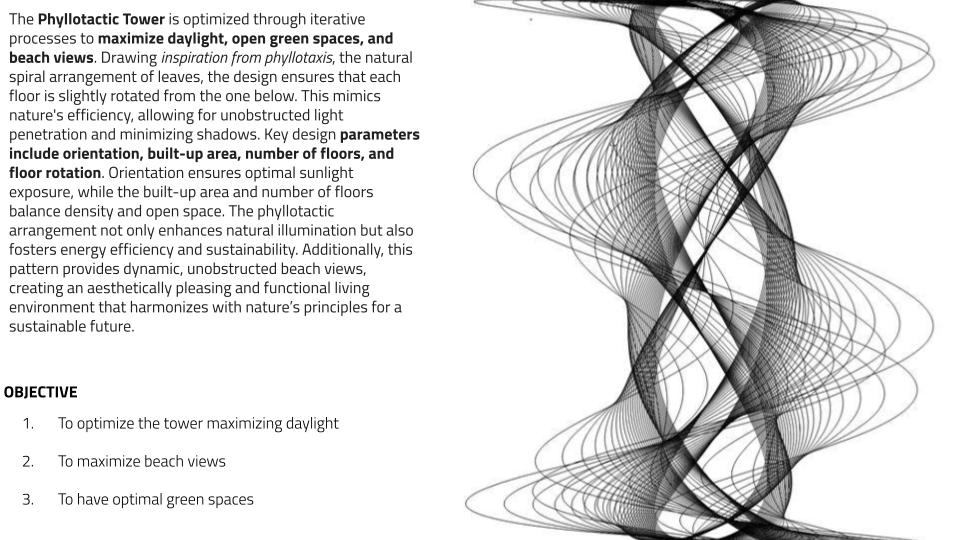
SITE
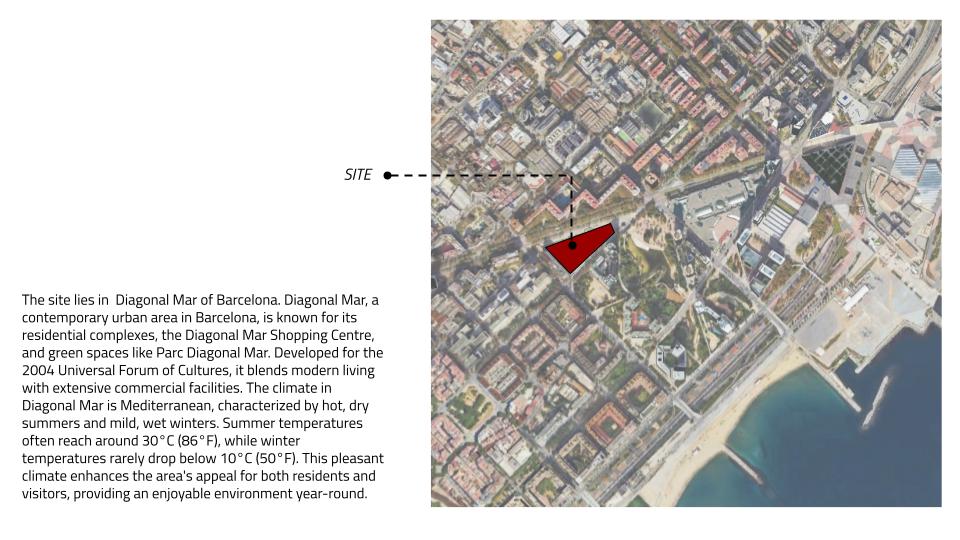
REFERENCE
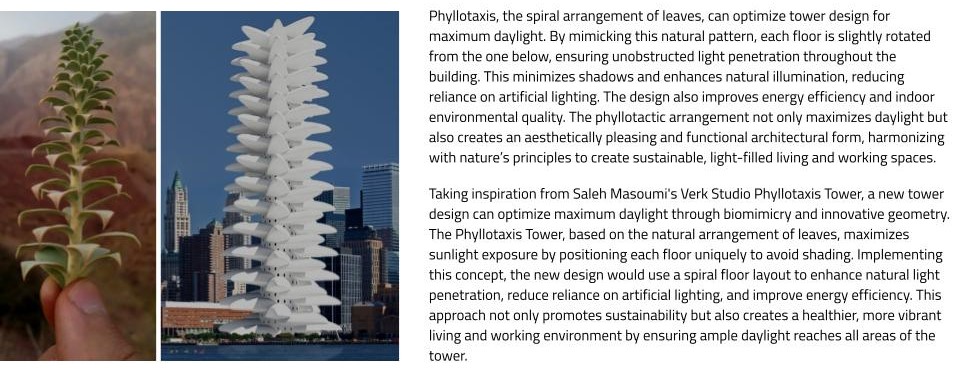
PSEUDO CODE
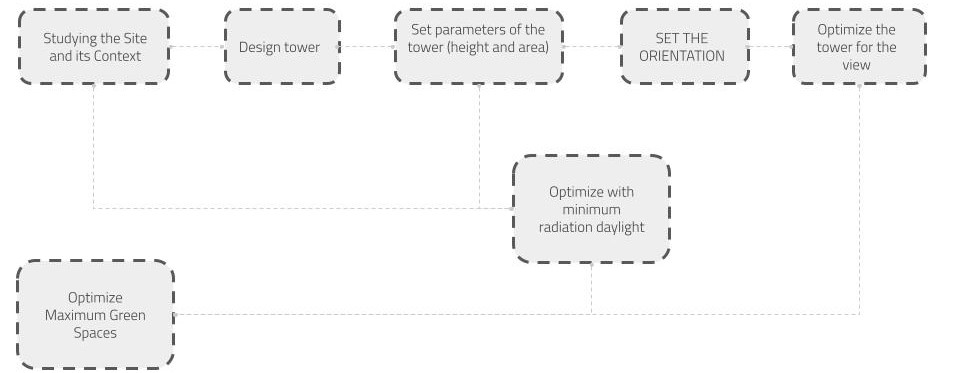
FORM FINDING
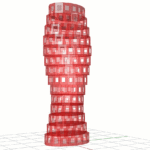
Choosing orientation, built-up area, number of floors, and rotation of floors as design parameters enables iterative optimization for maximum daylight and open green spaces. Orientation influences sunlight exposure, while built-up area and number of floors affect building footprint and density. Rotating floors maximizes light penetration and creates dynamic, green-friendly spaces.
PARAMETERS:
- Orientation
- Built-up Area
- Number of Floors
- Rotation of Floor
ANALYSIS
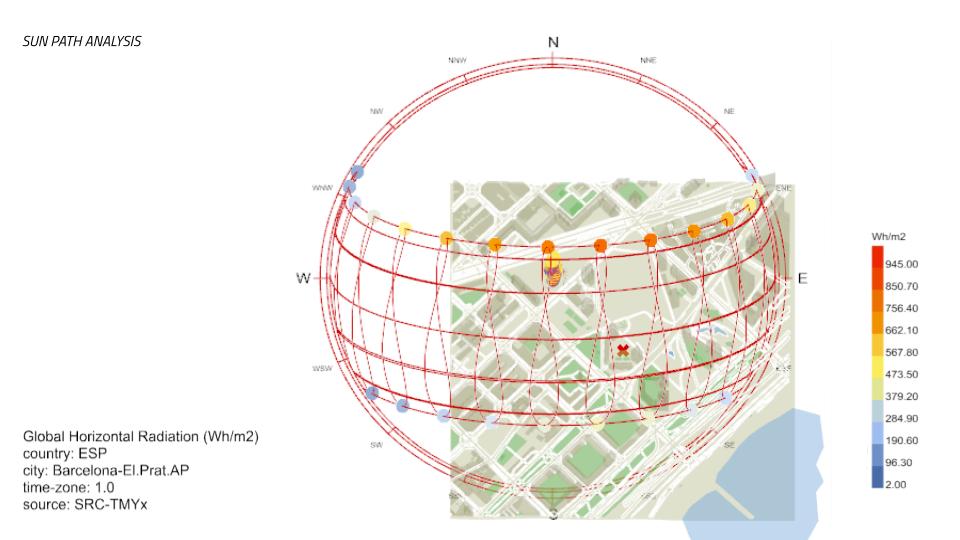
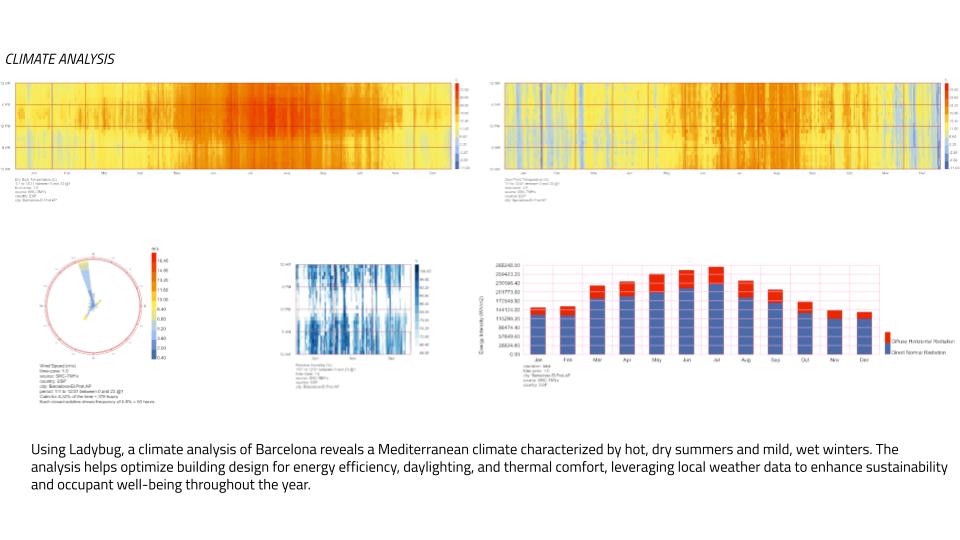
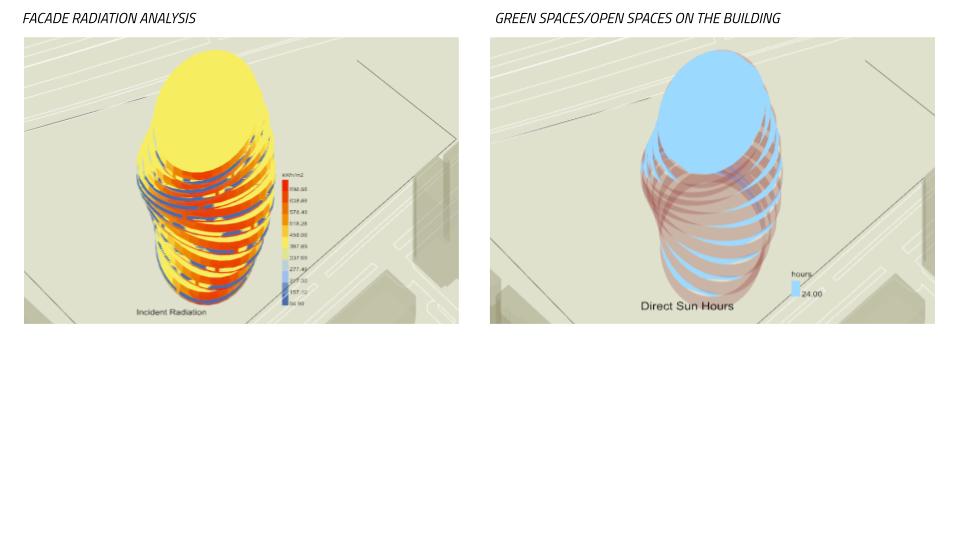
OPTIMIZATION
VISIBILITY AND RADIATION ANALYSIS
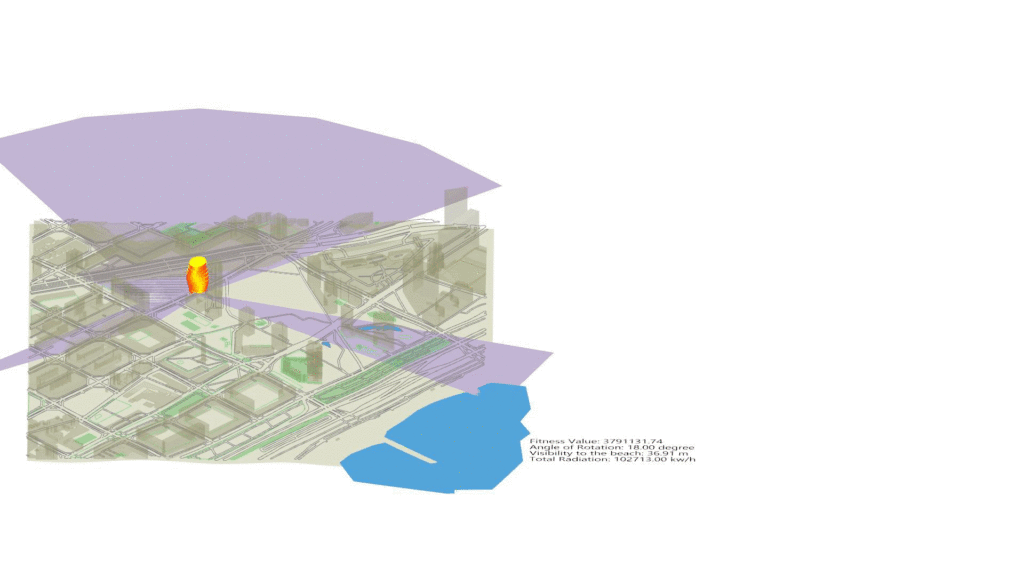
ITERATIONS: RADIATION AND VIEW ANALYSIS
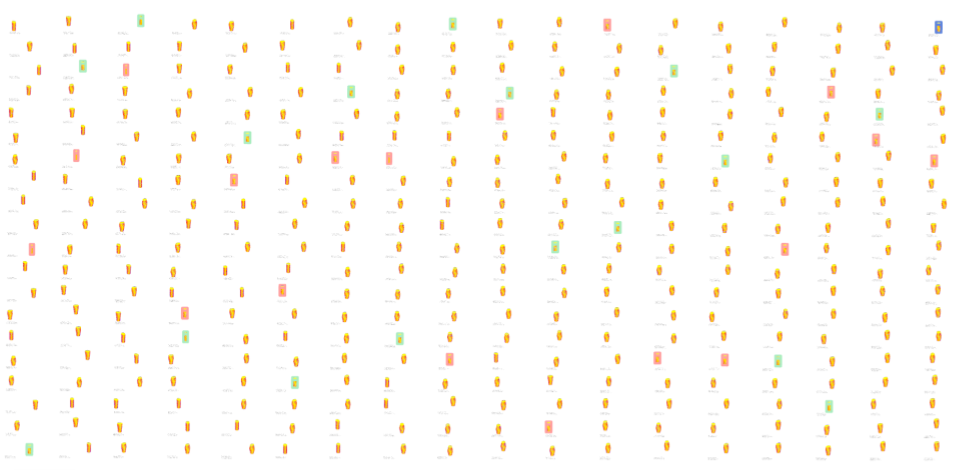
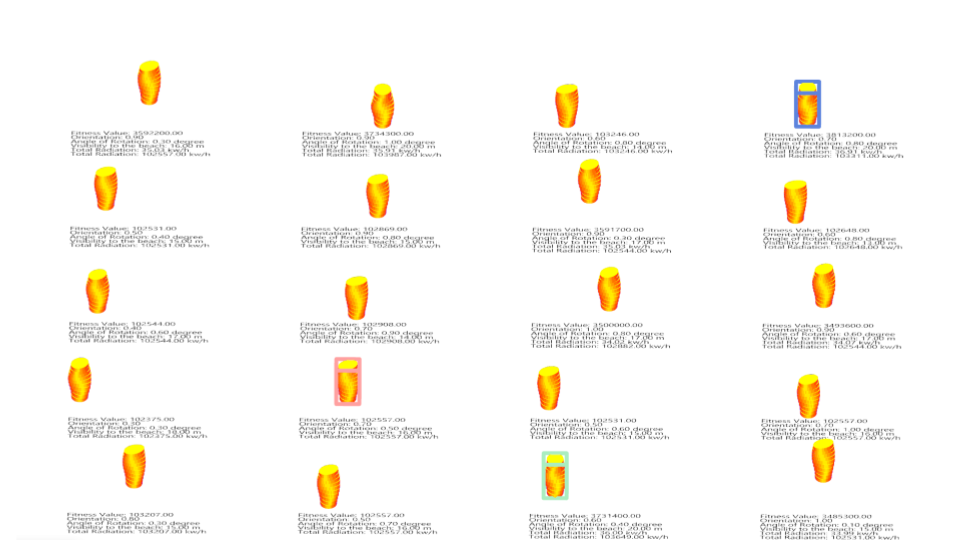
OPTIMIZED ITERATION
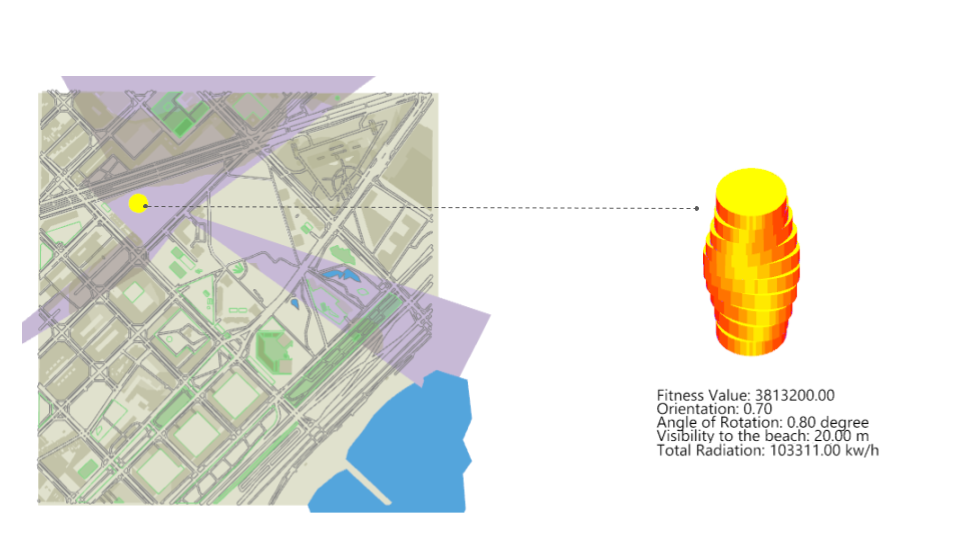
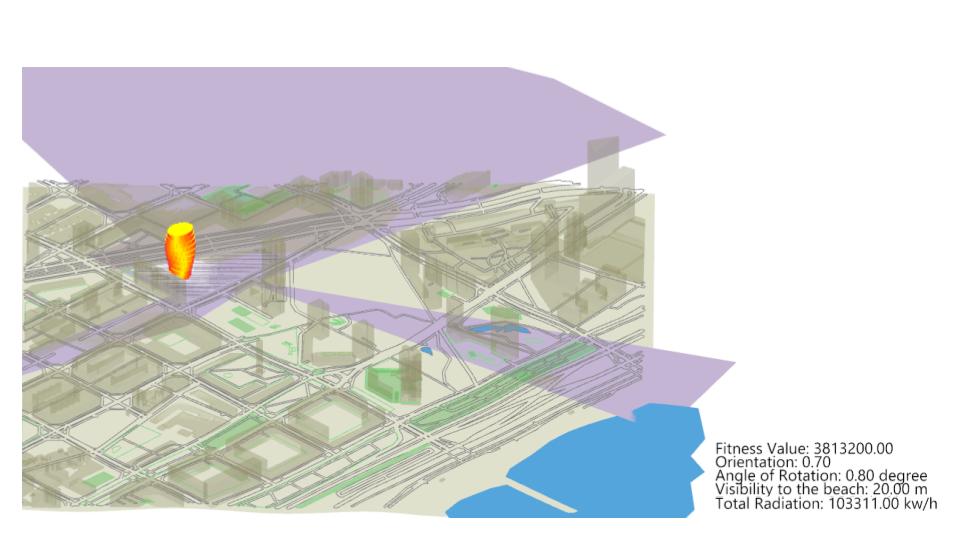
SECTION
